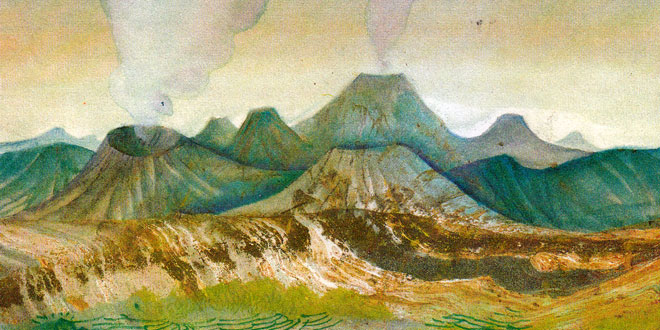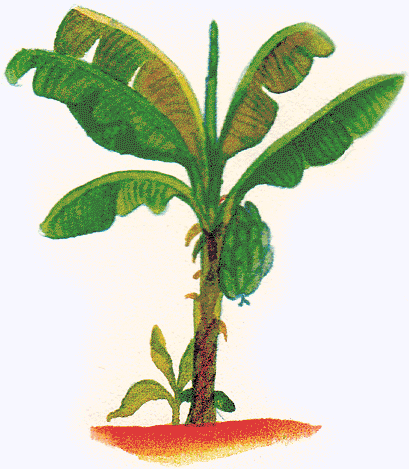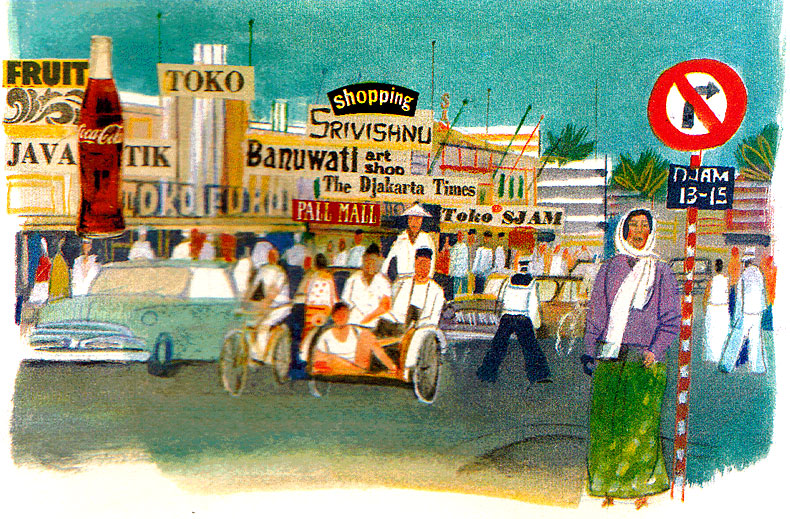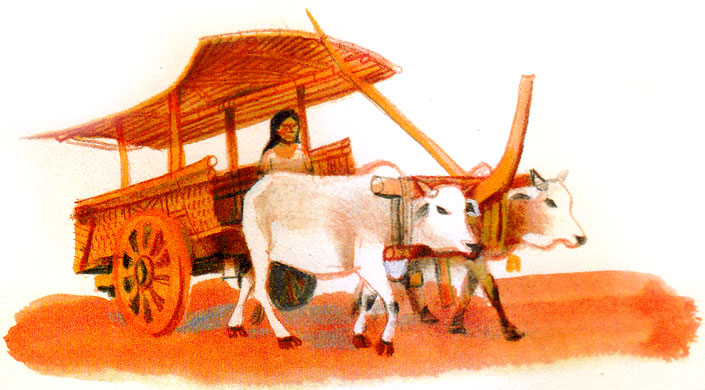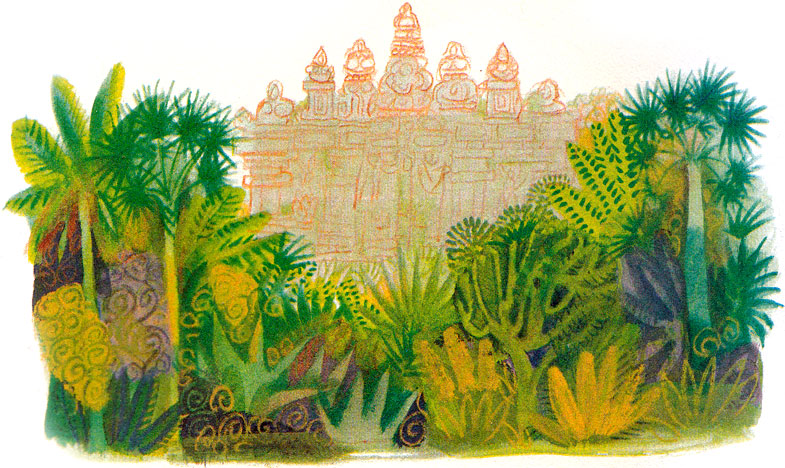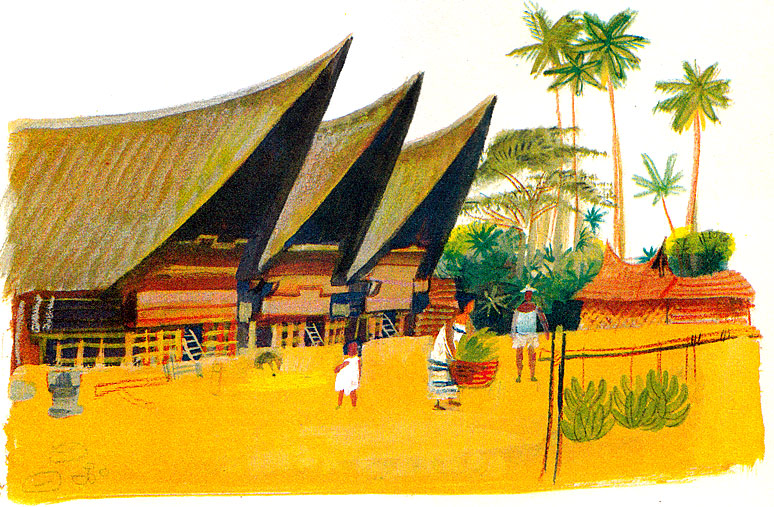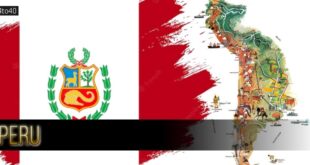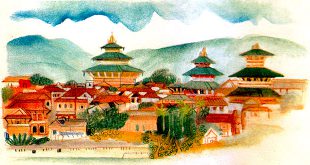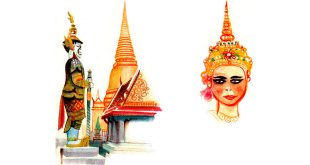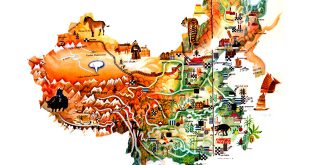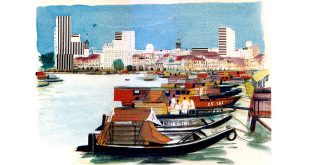Indonesia : Country Name
System of government: Republic
Capital: Jakarta
Location: In south-eastern Asia; It is the world’s largest archipelago, consisting of more than 3,000 islands, the largest being Sumatra, Java, Sulawesi (Celebs), the Lesser Sunda Islands, the Moluccas, Timor and Flores. The Indonesian part of Borneo is known as Kalimantan; the western part of New Guinea is called West Irian (Irian Jaya)
Area: 1,919,279 sq km
National composition: A great variety of peoples, including many of Malay origin and many Melanesian and Australasian groups
Religions: Islam, Christian minority
Official languages: Bahasa Indonesia, based on Malay with borrowings from other Indonesian languages, as well as Dutch, Arabic, English and Sanskrit
Currency: Rupiah = 100 sen
Administrative divisions: 34 provinces
Other major cities: Surabaya, Bandung, Semerang, Medan
Highest elevation: Puncak Java in West Irian
Chief rivers: Kapuas and Barito (on Kalimantan), Mamberamo and Digul (in West Irian), Kampar (Sumatra)
Climate: Equatorial, with high precipitation and frequent typhoons
Motto: Bhinneka Tunggal Ika (Old Javanese)
Unity in Diversity
National ideology: Pancasila
Anthem: “Great Indonesia”
Indonesia Location Map:
Indonesia Encyclopedia & Facts for Kids
Most of the Indonesian islands are mountainous, containing many extinct and active volcanoes. In this unstable region, earthquakes and volcanic eruptions are common place. The rivers are mostly short, with sizeable volumes throughout the year. They form a dense system of waterways. In their lower courses, many rivers flow across swampy coastlands. Indonesia’s largest lake, Toba, is in Sumatra. Lush evergreen rain forests containing many valuable hardwoods cover great areas, with mangroves in coastal marshes and savanna in the uplands. The animal life is rich, with species as leopard, orangutan, Javan and Sumatra and rhinoceros, tapir and tiger still being found in the forests. There are also many species of snakes, lizards and fish.
Agriculture, forestry and fishing employed 58 percent of the workforce in 1980, as compared with 12 percent in industry. Indonesian farmers produce coconuts, coffee, jute, manioc, rice, natural rubber and tea. The country has reserves of bauxite, coal, copper, nickel, oil and tin. Mining is now the most important sector of the economy and oil is the leading export. Wood and rubber are other major exports. Shipping is the leading means of transport. The largest airport is at Jakarta.
Country name derives from Greek “indus” or “India,” and “nesos” or “islands”). It is home to more than 250 million people, and thus is the most populous Muslim-majority nation in the world and the fourth most populous overall.
Country was governed by Sukarno, leader of the national independence struggle, and military dictator Suharto, for most of its recent history. Democracy was restored following the Indonesian Revolution of 1998.
The national language is Bahasa Indonesia and the population is overwhelmingly Muslim. However, there are several hundred diverse linguistic and ethnic groups across the country, as well as other religious communities. Although Indonesia’s economy is progressive and regionally important, the problems of poverty, illiteracy, political instability, and regional separatism remain major issues hindering national development.
Related Photos:
External Links:
Business Events Happening In Indonesia:
- Indo Beauty Expo: Jakarta Cosmetics Expo
- Indonesia Cold Chain Expo: Jakarta
- International Indonesia Seafood & Meat Expo: JIExpo Jakarta
- JIFEX: Jakarta Interior Design & Furniture Expo
- METEC Indonesia: Jakarta Metallurgy & Steel Casting Expo
- Mining Indonesia: Mining Equipment Expo
- Oil & Gas Indonesia: JIExpo Jakarta
- Refrigeration HVAC Indonesia: Jakarta Refrigeration & Energy Efficient Tech Expo
- Safe Work Indonesia: Jakarta Workplace Safety Exhibition
- SIAL InterFood Jakarta: Food Expo
- Water Indonesia: Jakarta Water Expo
 Kids Portal For Parents India Kids Network
Kids Portal For Parents India Kids Network
